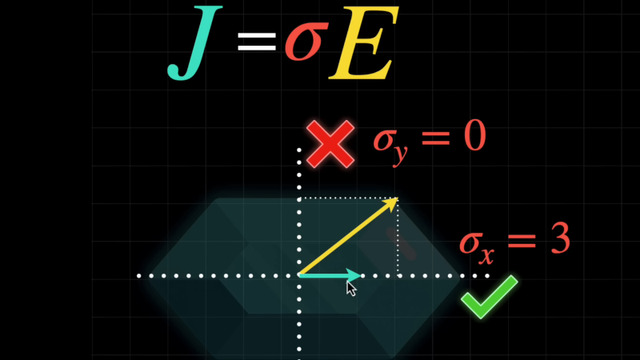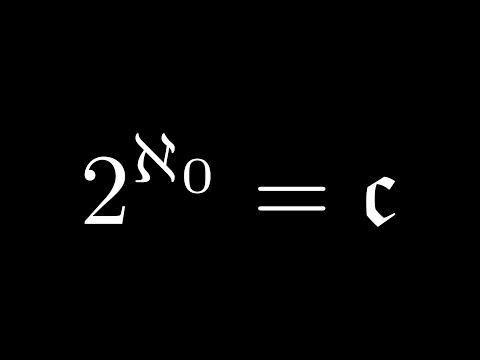Ok- yes I could go smaller, but it’s the last one - I’m at my limit - the paper is too thick to go any smaller with my current ability.
#math #geometricSequence #mtbos #origami
#math
On July 9, July 22, and Aug. 5, Earth will rotate a tiny bit quicker making those days ever so slightly shorter than 24 hours...

Two Project Gutenberg ebooks on science and mathematics, and brief thoughts on contemporary perils. Read more:
https://www.diffgeom.com/blogs/free-online-math-materials/science-and-mathematics/
#Math #ProjectGutenberg
Made a new #complex #function #visualizer using #Shadertoy #GLSL
It creates more lines in regions with a lower gradient/derivative, which feels like a grid with repeating steps/lines. Functions can be explored much better in my opinion.
"Trinity" is a (highly) stylized depiction of the complex cube root. The 90mm polished brass piece was made by Shapeways in spring 2023 using lost-wax casting.
Hi! This is my #introduction post here on absturztau.
I'm a lover of #math (I have a video essay on the cardinalities of the naturals and the reals, as well as a complex function visualization tool), #computerscience (it's my major plus have a ton of side projects on my GitHub), and, of course, #gamedev (I was part of the gamedev student group in university and am currently developing a commercial game on my own).
I still have an active account on mathstodon.xyz/@wqferr, but I was told I was really missing out on sharkey (and honestly my prev instance's emotes kinda suck).
Here's the question for July 9th from the AMS Daily Epsilon of Math Calendar
@DailyEpsilon
I read "700% increase in assaults" on DHS/ICE/etc. officers and went sure, I bet that means there were virtually none in the reference period.
Yep, there were 10 in the reference period.
And the 700% increase includes all the ridiculous made up ones, like the diminutive 80 year old Congress woman charged with assaulting meal team 6 hippos in Newark.
No Tension for Tensors? - We always enjoy [FloatHeadPhysics] explaining any math or physics topic. We don’t ... - https://hackaday.com/2025/07/09/no-tension-for-tensors/ #science #tensors #tensor #math

"In mathematics it is new ways of looking at old things which seem to be the most prolific sources of far-reaching discoveries. A particular fact may have been known for centuries, and it may have been sterile or of only minor interest all that time, when suddenly some original mind glimpses it from a new angle and perceives the gateway to an empire." – Eric Temple Bell (1883-1960)
#quote #mathematics #math #maths
Kids vs Computers: Chisanbop Remembered - If you are a certain age, you probably remember the ads and publicity around Chisa... - https://hackaday.com/2025/07/09/kids-vs-computers-chisanbop-remembered/ #classichacks #chisanbop #math

Two mathematical specimen-viewers for real surfaces coming from 4- and 6-space, some of my goals for visualization (written mostly for non-mathematicians), and links to more "formal" portraits of these surfaces for sale. Read more:
https://www.diffgeom.com/blogs/free-online-math-materials/shadows-from-higher-dimensions/
#Math #MathArt
These artworks are based on a generalization of Lucas sequences for complex numbers, defined as:
Z(0) = 1
Z(1) = 1 or i
Z(n) = shrink( e^(iθ)·Z(n-1) + Z(n-2) )
Where shrink() is a function which decreases a complex number into the two-unit square or the unit circle centered at the origin. In these works I use three different versions, based on taking out the integer part of the real and imaginary parts (or the integer part minus 1), or of the modulus of the number in polar form.
Figure 1 depicts the 128 values walk using θ = π/5 and Z(1) = i, and the shrinking function which takes out the integer part of the real and imaginary parts.
In the three artworks that follow, the lines connecting successive values toggle between being drawn or not. See the alt text for more information related to the artworks.
#mathart #math #algorithmicArt #AbstractArt
Beautiful #Math
#gender #math #mathematics #teaching
'The overall results, the most conclusive to date, suggest it’s time to shelve explanations based on biology or bias. Instead, it appears there’s something about early math instruction that produces gender disparities. '

Heptagonal tiling embedded using MaxEntStress. (1/3) #TilingTuesday #geometry #math
Four simple web programs for practicing basic linear algebra, and a book for linear algebra students, with links to ... applications. Read more:
https://www.diffgeom.com/blogs/about-math/linear-algebra/
#Math
Theorem of the Day (July 8, 2025) : The Five Circle Theorem
Source : Theorem of the Day / Robin Whitty
pdf : https://www.theoremoftheday.org/GeometryAndTrigonometry/FiveCircles/TotDFiveCircles.pdf
notes : https://www.theoremoftheday.org/Resources/TheoremNotes.htm#84
#mathematics #maths #math #theorem @Theoremoftheday
Morphing through regular tiling patterns
A simple interactive program for visualizing rotations of 4-space in a coordinate plane, and their effect on a hypercube. The accompanying blog post explains 4-dimensional geometry and how to count k-dimensional faces in an n-cube. Read more:
https://www.diffgeom.com/blogs/free-online-math-materials/the-hypercube/
#Math

